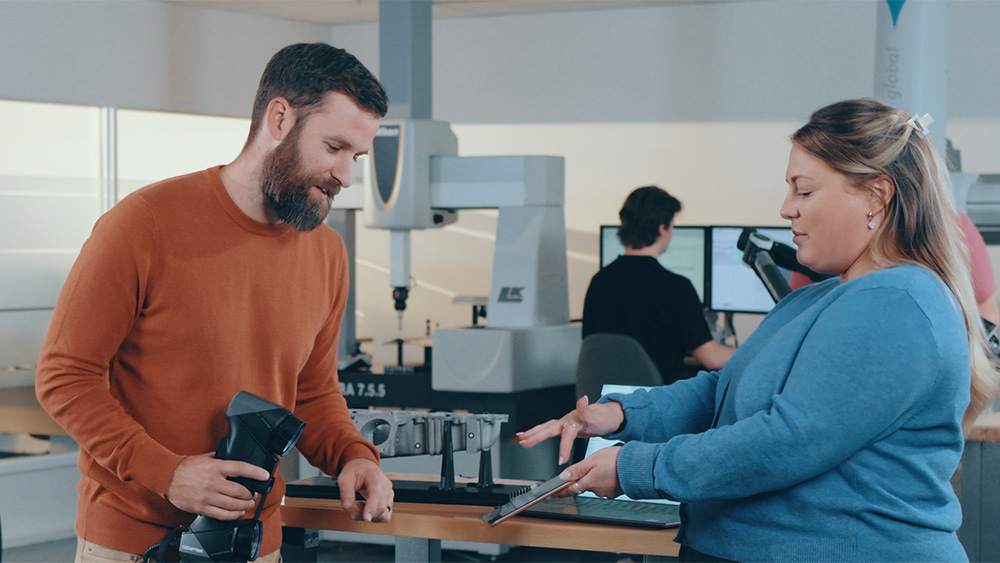Metrology
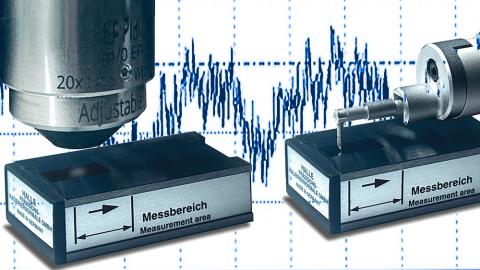
Choosing the correct instrument for surface texture measurement can be confusing, given the wide range of options. Stylus-based instruments are the most prevalent in manufacturing. Yet, measuring a surface with a sharp stylus can seem old-fashioned when so many noncontact optical techniques are…

When we set out to film Episode 2, we faced a fundamental challenge: How do you make people care about errors they can’t see?
(See all the episodes here.)
Error propagation is critical to metrology, the science of measurement, but it’s abstract. These are mistakes measured in tiny…

In Episode 1 of The Quality Digest Roadshow, we talked about metrology standards and how those standards and traceability are the glue that holds industry together. While measurement standards are critical, they’re useless without the equipment, processes, and people that use the tools that…
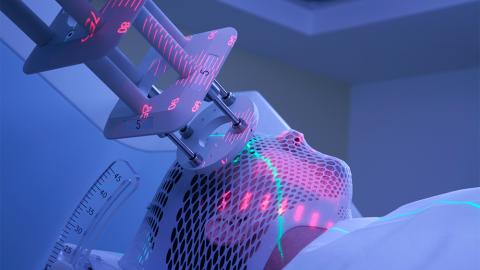
In the evenings, after patients have left for the day, our research team visits the radiation oncology offices at the University of Colorado Anschutz Medical Campus to talk to medical physicists about how our research can help cancer patients. We also run experiments in their radiation suites.…
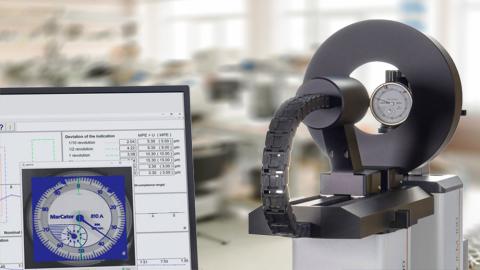
All gauging equipment must be calibrated periodically to ensure it can perform the job for which it’s intended (i.e., measuring parts accurately).
This is true for every hand tool or gauge used in a manufacturing environment that verifies the quality of parts produced—from…
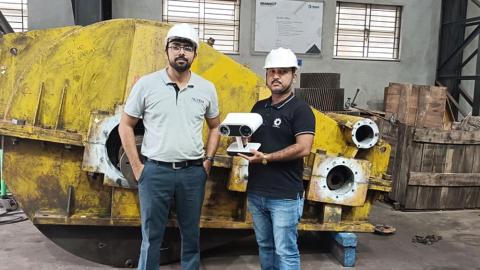
Regular inspection is absolutely vital with industrial transmission systems. Just like the gearbox in an everyday car, components are prone to wear, misalignment, and fatigue—issues that can lead to machinery failure. This isn’t just a matter of downtime but operator safety, too.
…
Featured Video

